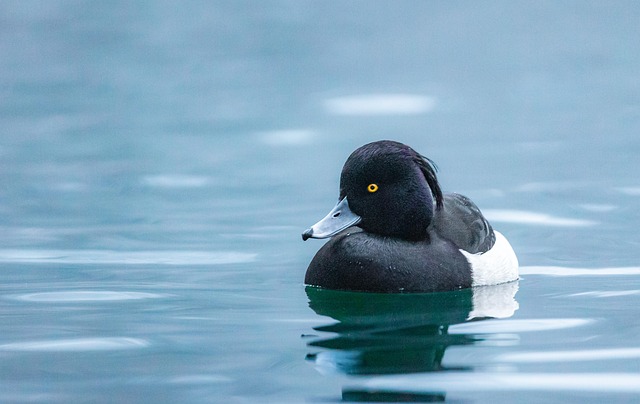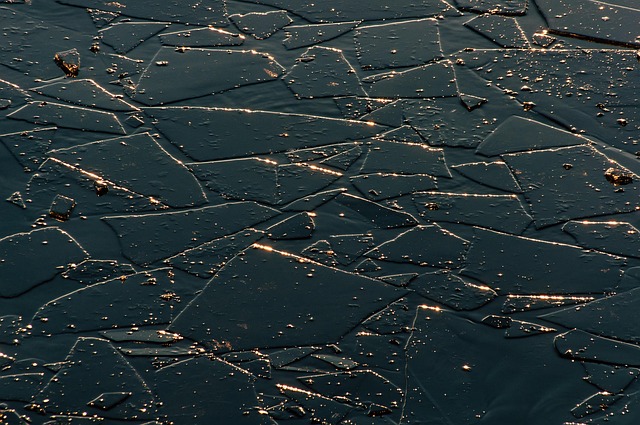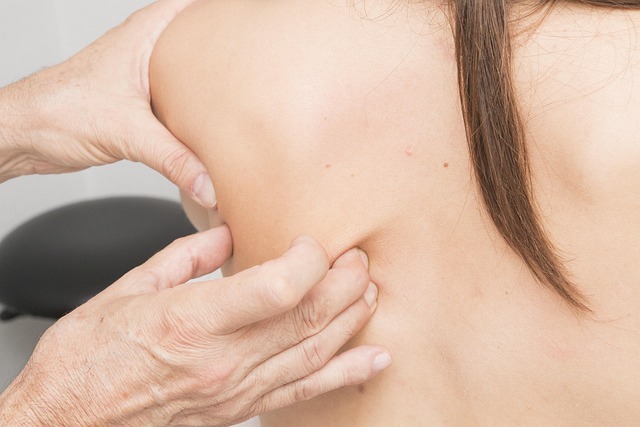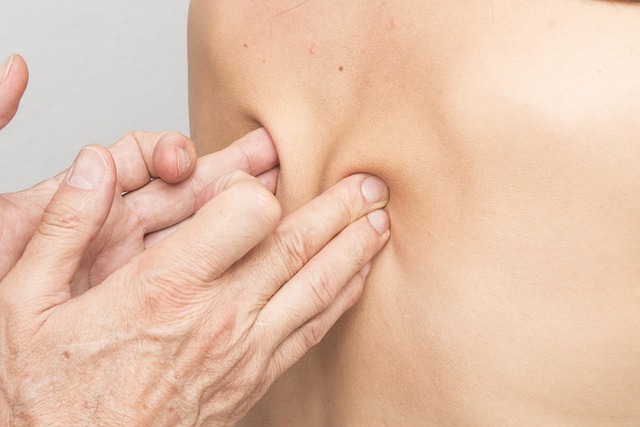Cold Water Immersion: Unleashing Anti-Aging Collagen Production

Cold water immersion is a natural method boosting collagen production, offering significant anti-agi…….
Cold Plunge for Anti-Aging: A Comprehensive Analysis
Introduction
In recent years, the pursuit of anti-aging solutions has led to a resurgence in traditional wellness practices, one of which is the cold plunge. This article delves into the science and benefits of cold plunge therapy as an anti-aging strategy, exploring its historical roots, current trends, and future prospects. By examining the global impact, economic considerations, technological advancements, policy landscape, challenges, and success stories, we aim to provide a holistic understanding of how this ancient practice is becoming a modern elixir in the quest for youthful vitality.
Understanding Cold Plunge for Anti-Aging
The concept of a cold plunge involves immersing oneself in cold water, typically for short durations, to trigger physiological and metabolic responses that can lead to various health benefits, including anti-aging effects. Historically, cold therapies have been used in cultures around the world, from the Finnish saunas to the Russian banyas, for their therapeutic properties. The practice of alternating between hot and cold therapy is known as “hydrotherapy” and has been a cornerstone in naturopathy for over a century.
In recent times, scientific research has begun to validate the anecdotal benefits associated with cold plunging. These include reduced inflammation, improved circulation, heightened immune response, and stress relief, all of which contribute to the anti-aging process by promoting cellular regeneration and reducing oxidative stress.
Global Impact and Trends
The trend of incorporating cold plunge therapy into wellness regimens has spread globally, with centers offering cryotherapy and ice baths becoming more prevalent in urban areas. The United States, Europe, and Asia have seen a significant uptick in the number of people engaging in these practices, often as part of a holistic health approach that includes diet, exercise, and mindfulness.
In regions with colder climates, traditional cold exposure methods are still prevalent. Conversely, areas with warmer year-round temperatures have seen a rise in artificial cold therapy options, such as cryo saunas and plunge pools designed to simulate the cold water immersion experience.
Economic Considerations
The economic impact of cold plunge therapy is multifaceted. On one hand, it represents a growing market for wellness tourism and health spas. On the other, it has led to investments in technology and infrastructure, including the development of cryotherapy chambers and specialized equipment for measuring the effects of these treatments.
The anti-aging industry is a significant economic sector, with consumers worldwide spending billions on products and services aimed at maintaining youthful appearance and health. Cold plunge therapy, as part of this broader market, has the potential to carve out a substantial niche due to its accessibility and cost-effectiveness compared to other anti-aging interventions.
Technological Advancements
Technological advancements have played a crucial role in the resurgence of cold plunge therapy. Innovations such as precise temperature control in cryotherapy chambers, mobile apps for tracking immersion sessions, and wearable devices that monitor vital signs during treatment are examples of how technology is enhancing the experience and safety of these therapies.
The future holds promise for even more sophisticated technologies, such as virtual reality integration to create an immersive experience or AI-driven analysis of health outcomes following cold plunge sessions. These advancements aim to refine the therapy’s efficacy and personalize treatment plans according to individual health profiles.
Policy and Regulation
The regulatory environment for cold plunge therapy varies by region, with some countries having strict guidelines on public health practices involving extreme temperatures. In the United States, for example, the Food and Drug Administration (FDA) regulates medical devices used in cryotherapy, while the Occupational Safety and Health Administration (OSHA) sets standards for safe working conditions regarding cold exposure.
Policies governing the use of cold plunge therapy in healthcare settings are still evolving. As more scientific evidence emerges supporting its benefits, regulations may become more favorable, allowing for greater integration into mainstream medicine and wellness programs.
Challenges and Criticisms
Despite its growing popularity, cold plunge therapy is not without its challenges and criticisms. Concerns about the safety of extreme cold exposure, particularly for individuals with certain health conditions, are paramount. Additionally, the scientific community often debates the efficacy of these therapies, calling for more rigorous research to substantiate claims made by proponents.
To address these issues, it is essential to establish standardized protocols and conduct longitudinal studies to monitor long-term effects. Education and training for practitioners are also critical to ensure that cold plunge therapy is administered safely and effectively.
Case Studies
Several case studies demonstrate the successful application of cold plunge therapy in various contexts. For instance, athletes use cold plunges as part of their recovery protocol to reduce muscle soreness and improve performance. In anti-aging clinics, patients report improvements in skin health, energy levels, and overall well-being after incorporating cold exposure into their routines. These success stories underscore the potential benefits of this therapy when applied correctly.
Conclusion
Cold plunge therapy stands as a testament to the enduring power of ancient practices, now backed by modern science, to contribute to health and longevity. Its global popularity, economic impact, technological advancements, and potential for integration into policy and healthcare systems position it as a significant player in the realm of anti-aging treatments. As research continues to unveil its benefits, cold plunge therapy is poised to become an integral part of holistic health practices worldwide.
In summary, understanding the multifaceted aspects of cold plunge therapy—from its historical roots to its future technological advancements—provides a comprehensive view of how this practice can play a pivotal role in the global anti-aging industry. It is a practice that bridges the gap between tradition and innovation, offering individuals a natural yet effective tool in their pursuit of vitality and health.

Cold water immersion is a natural method boosting collagen production, offering significant anti-agi…….

Cold water immersion, like refreshing showers or ice caps, offers significant benefits for scalp and…….

Cold water immersion (cold therapy) offers significant benefits for hair and scalp health. By increa…….

Cold plunges, like brief immersions in ice water or cold showers, offer significant benefits of cold…….

Our bodies have a natural detoxification system, enhanced by cold water therapy like cold plunges or…….

Blood flow is vital for skin health and youthfulness, and cold plunges like ice baths or showers sig…….

Cell regeneration is vital for skin health and youthfulness, and cold water exposure, like ice baths…….

Cell regeneration, crucial for tissue health and anti-aging, is stimulated by cold water exposure li…….